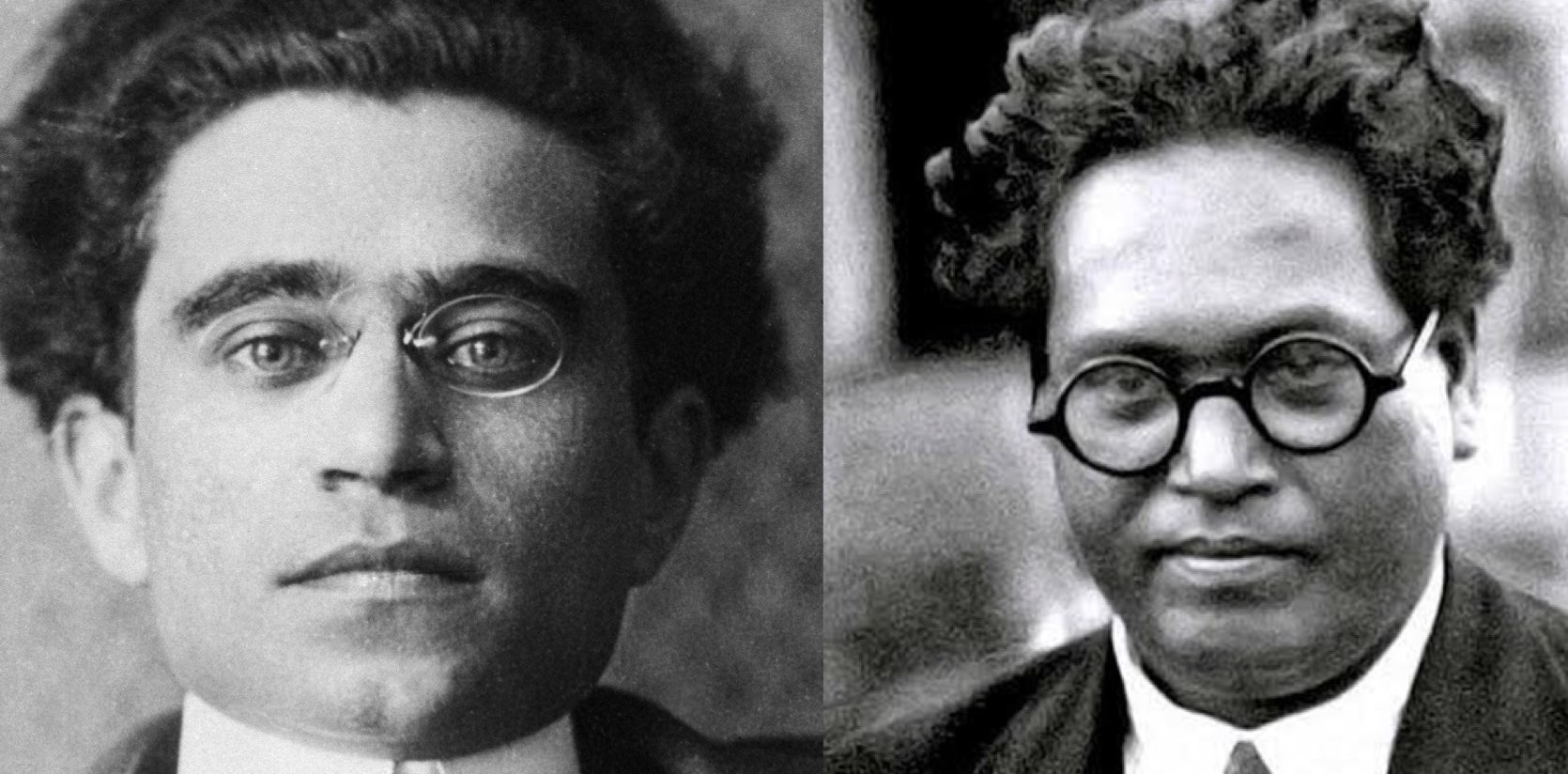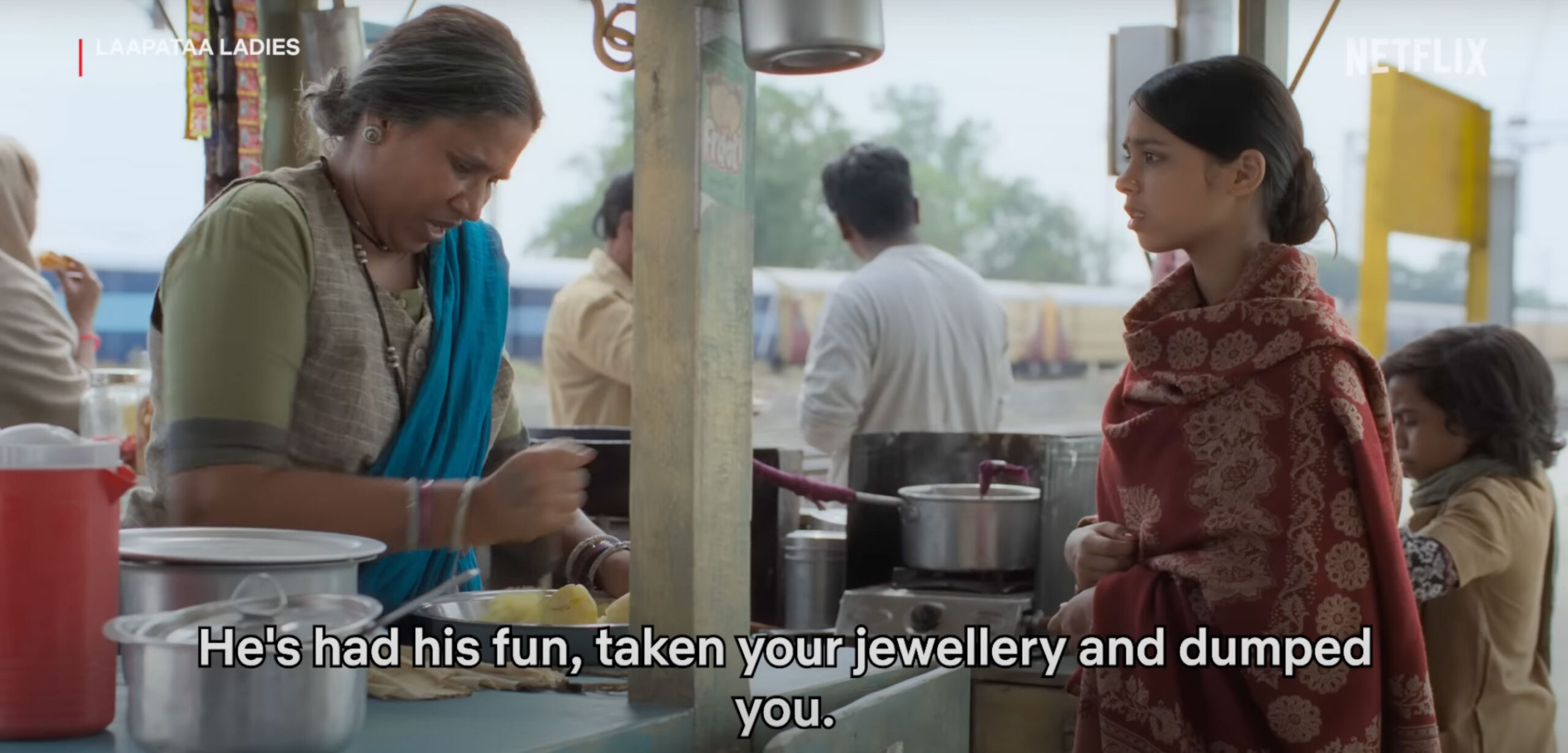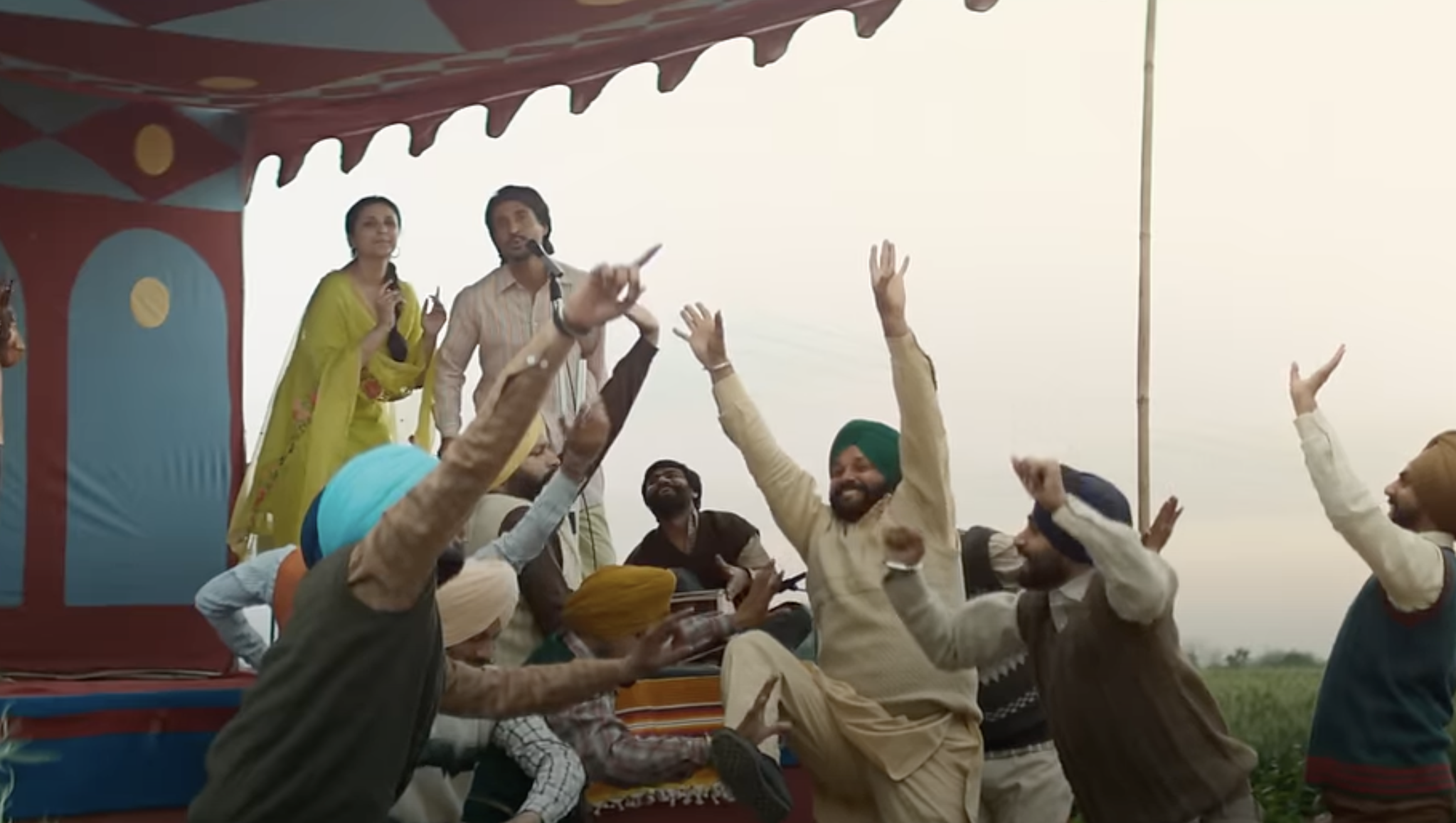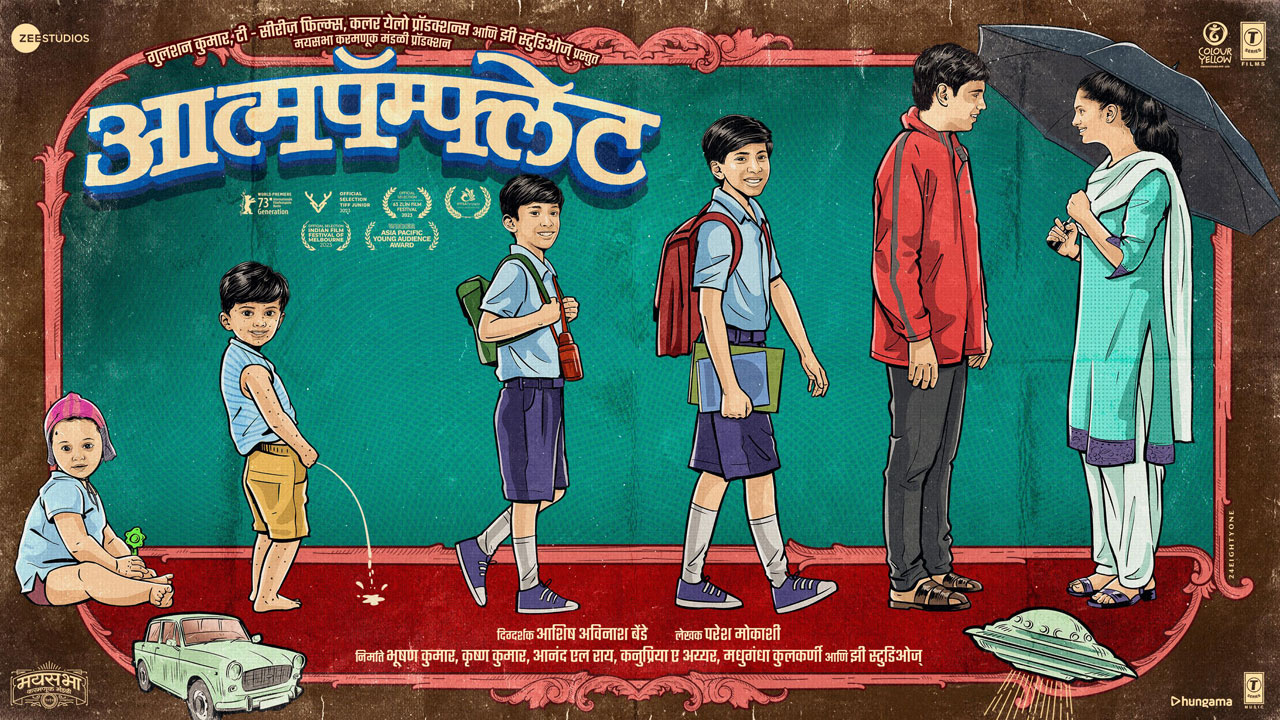In my analysis of Indian cinema productions released in 2023, I had argued for a critical examination of Bollywood’s proclivity towards biopics centred on Savarna (upper-caste) icons, overlooking inspirational narratives from the Bahujan community. However, the year 2024 witnessed a noteworthy shift with Imtiaz Ali’s biographical film on Amar Singh Chamkila, a Punjabi Dalit musician. This development offers a glimmer of hope for a more inclusive representation within the mainstream Hindi film industry.
Ali’s cinematic rendition offers a panoramic glimpse of the lifeworld of Chamkila, albeit within certain socio-cultural confines. Central to the discourse is the portrayal of moral dichotomies concerning the binary constructs of obscenity and virtue, while conspicuously sidestepping the critique of class and caste divides. The film, recently released on Netflix, meticulously navigates through the labyrinthine trajectories of Chamkila’s life, punctuated by the dialectic interplay between societal norms and individual agency. Noteworthy is Ali’s emphasis on familial dynamics, particularly the portrayal of Chamkila’s father’s alcoholism and its ramifications on the familial and social milieu. Ali’s decision to emphasize the theme of alcoholism in his film, rather than delving into other aspects of Chamkila’s life, such as his critique of societal hypocrisy or his defiance of social boundaries through his marriage to Amarjot Kaur, a non-Dalit, prompts inquiry into the prioritization of narrative elements. While Chamkila’s father and his struggles with alcoholism feature prominently in the film, it raises questions regarding Ali’s interpretation of Chamkila’s life and the significance he assigns to certain aspects over others. Despite Chamkila’s commentary on caste and class inequalities, Ali appears to have opted to focus primarily on the familial dynamics and the repercussions of alcoholism. Thus, Ali may have missed an opportunity to explore the broader socio-cultural context and the personal ramifications of challenging societal boundaries, particularly during a period marked by feudalism and heightened caste tensions.
The cinematic narrative unfolds with the assassination of Chamkila and his wife, precipitating a retrospective voyage through the zeniths and nadirs of Chamkila’s illustrious career. Born into a Dalit-Sikh family, Chamkila’s artistic trajectory becomes not merely a choice but a quintessential imperative. The cinematic canvas is imbued with the resonant portrayal of Diljit Dosanjh as Chamkila, epitomizing an immersive embodiment of the character’s physicality and musical cadence. Parineeti Chopra’s portrayal of Amarjot Kaur, while commendable, remains somewhat constrained within the peripheries of the audience’s expectations, and is overshadowed by Dosanjh’s stellar performance.

Chamkila’s meteoric rise as a cultural icon finds resonance within Ali’s cinematic oeuvre, albeit predominantly delineated through the prism of musical depravity, thus eclipsing the multifaceted contours of his persona. In contrast to Janardan “Jordan” Jakhar in Ali’s “Rockstar”, Chamkila’s character reflects a downtrodden personality devoid of the carefree, upbeat, confident demeanour portrayed by Jordan. This difference stems from Chamkila’s background as a Dalit, compared to Jordan’s presumed privilege. By neglecting to showcase their strength, resilience, and fight for agency, the filmmaker misses an opportunity for authentic and unbiased representation.
Contrary to the popular trope espousing Chamkila’s life as one who lived and died for music, his tragic demise, as I see it, was a consequence of societal bigotry and entrenched casteism. Chamkila’s audacious entry into inter-caste matrimony is a testament to his radical ethos, although it is simplistically portrayed within the film’s subtext.
Ali’s cinematic narrative, oscillating between docu-fictional renderings and poetic interludes, intricately weaves in archival visuals to evoke an aura of verisimilitude, blurring the dichotomy between reality and fiction. While adeptly capturing the zeitgeist of the tumultuous 1980s Punjab, the period of Chamkila’s ascendance, Ali conspicuously eschews explicit references to the Khalistan movement, perhaps wary of the repercussions. The film, while reverentially celebrating Chamkila’s musical oeuvre, refrains from proffering definitive resolutions, instead, engendering a dialectical interrogation of societal mores and moral ethos.
In conclusion, Imtiaz Ali’s cinematic portrayal of Amar Singh Chamkila stands as a seminal contribution to the cinematic lexicon, offering a poignant testament to the indomitable spirit of a cultural luminary ensnared within the vicissitudes of socio-cultural conundrums. Ali’s cinematic canvas, while imbued with artistic brilliance, resonates with a palpable urgency, urging audiences to confront the labyrinthine complexities of societal prejudices and existential dilemmas permeating the human condition.





